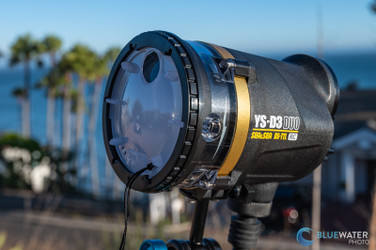Sea & Sea YS-D3 Duo Strobe Review
Posted by Nirupam Nigam on September 28th, 2023
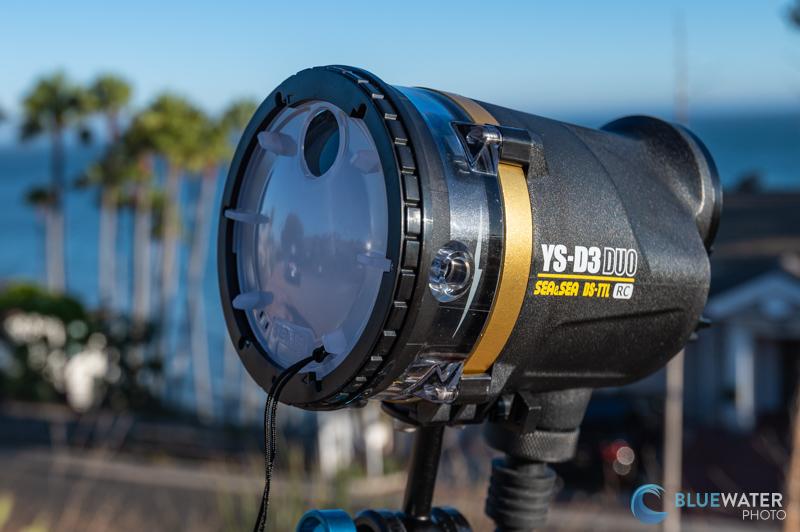
Sea & Sea has been at the forefront of underwater lighting for over four decades. The Sea & Sea YS-D3 Duo is the latest flagship in the yellow submarine strobe line. It replaces the Sea & Sea YS-D3 Mark II, which is still available at a slightly more affordable price point.
The Duo is capable of the same incredible recycle times of 0.6 seconds under half power with a total guide number of 33; it has also been re-engineered with a more sensitive optical sensor for more effective TTL as well as a dual RC circuit for accurate exposures with OM System branded cameras, like the TG-7. We had the opportunity to take the Sea & Sea YS-D3 Duo diving during our Bluewater Sea of Cortez underwater photoworkshop as well as on some local dives to Anacapa Island, California. We put the strobe's RC mode to the test with the Olympus TG-6 and paired it with the new Canon R100 APS-C mirrorless camera. Our verdict? Sea & Sea may have just perfected their TTL engineering.
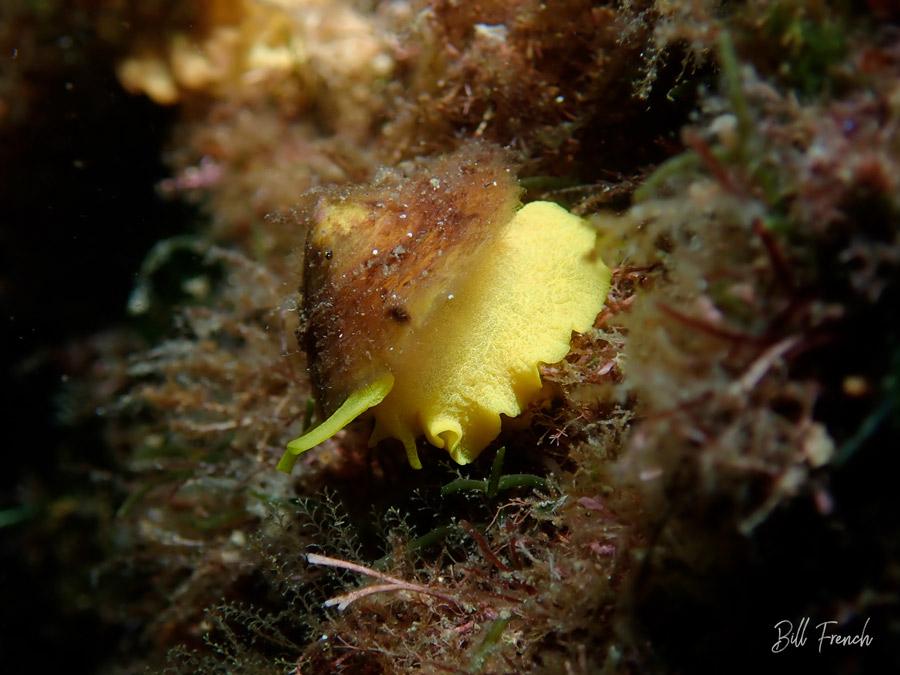
Perfect macro lighting on a mushroom side gill nudibranch in the Sea of Cortez. This photo was taken by Bill French using an Olympus TG-6 camera and the Sea & Sea YS-D3 Duo strobe. This was Bill's first day shooting with an underwater strobe!
Sea & Sea YS-D3 Duo Specifications
- Guide Number (land): 33
- Beam angle: 105 x 80 degrees (no diffuser). 100 x 110 degrees (with included diffuser). Optional 150 degree dome diffuser available - GN is reduced by -1.5 EV.
- Battery life: 220 flashes with Ni-MH batteries (4x AA)
- Recommended Batteries: Eneloop Pro
- Recycle time: 1.7 seconds at full power, 0.6 seconds at half power, virtually no recycle time at quarter power and below
- Color temp: 5800K (5500K with diffuser)
- Improved optical sensor and TTL accuracy
- New RC TTL mode for Olympus cameras
- Underwater Buoyancy: Almost Neutral (-20g)
- Aspherical troidal lens in flash tube for a nice, even beam
- Improved audio and visual ready notification when strobe is ready to fire
- Built in safety features to prevent overheating
- 300 lumen targeting light (4x more powerful than in the YS-D2J)
- Auto power off
- Over pressure relief valve
- DS-TTL II, Slave TTL, RC mode, and Manual modes
- Compatibility with 5-pin sync cord/N and fiber optic cables
- Depth rating: 100m/330 ft
- Weight: 610 grams (21.05 oz)
- Includes ball mount strobe adapter, diffuser, silicon grease
- US MSRP: $849.95
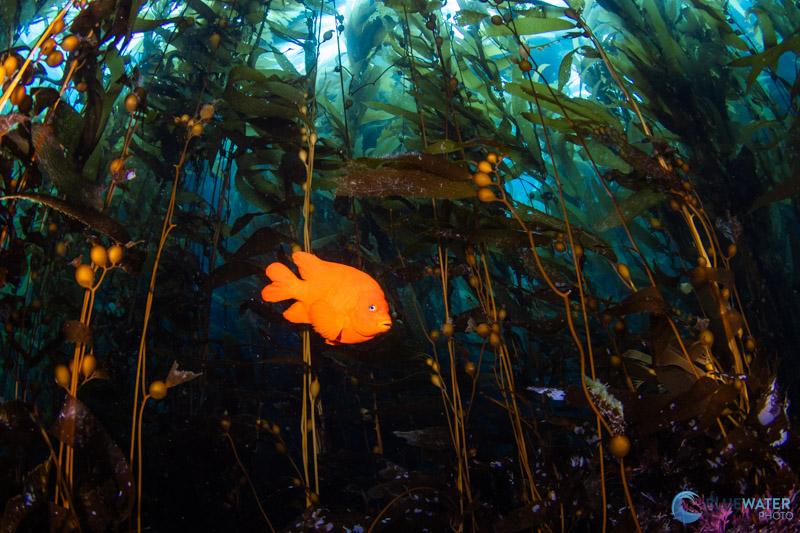
With a guide number of 33, the Sea & Sea YS-D3 Duos are perfect for any situation - both wide angle and macro. In dark conditions, like this day at Anacapa Island, it's easy to shoot photos as fast as you want with the YS-D3. Recycle times are very low under a half power. This photo was captured with two Sea & Sea YS-D3 Duo strobes and the Canon R100 in an Ikelite housing. f/9, 1/40, ISO 320.
Sea & Sea YS-D3 Duo Strobe Features
An Improved Optical Sensor, Better TTL, and a New RC Mode
Although the original Sea & Sea YS-D2's did get a bad rap for reliability issues - under new ownership, Sea & Sea has gone above and beyond addressing any reliability concerns. After redesigning the TTL circuitry of the original YS-D3 with the Sea & Sea YS-D3 Mark II, the new YS-D3 Duos complete the transformation with an improved optical sensor. This improved sensor allows the YS-D3 Duos to be compatible with brands that have low powered LEDs in their flash triggers - particularly Nauticam.
Moreover, a better optical sensor improves overall TTL accuracy. TTL mode is roughly equivalent to an "automatic" strobe mode. It allows the user to shoot photos underwater without needing to adjust their strobe power by collecting "through the lens" exposure information from their camera. While TTL is only about 75% accurate, and it does require some exposure compensation with the right EV control dial on the strobe, we find the TTL on the YS-D3 duo to be a major improvement over the TTL from the Sea & Sea YS-D2 and D2J.
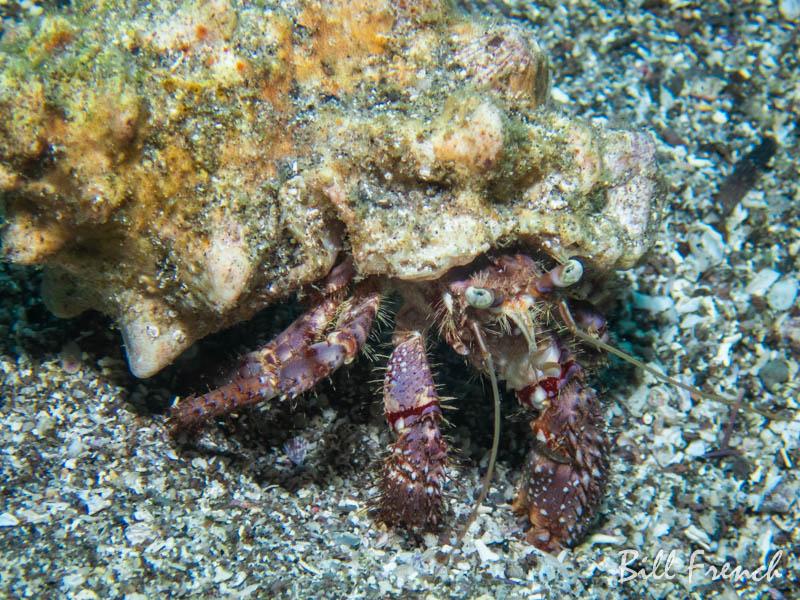
A hermit crab photographed by Bill French with the Sea & Sea YS-D3 Duo strobe in the RC mode.
But perhaps the most exciting improvement to the Sea & Sea YS-D3 Duo is in the name - the strobe now has dual circuitry which includes an RC mode. The RC mode is designed for Olympus/OM System cameras that have a built in RC flash mode - particularly the OM System TG-7. Some cameras like the popular OM System TG-7 and TG-6 are automatic cameras which makes controlling lighting very difficult underwater - including with traditional TTL modes. While we were diving in the Sea of Cortez with the TG-6, we found the exposures from the YS-D3 Duo in RC mode to be extremely accurate as you can see from Bill French's photos - which are unedited, straight out of the camera.
Finally, for more traditional shooters, the Sea & Sea YS-D3 Duo continues to have two manual modes - one that can be triggered by cameras with pre-flash, and another that can be triggered by a single flash or flash trigger.
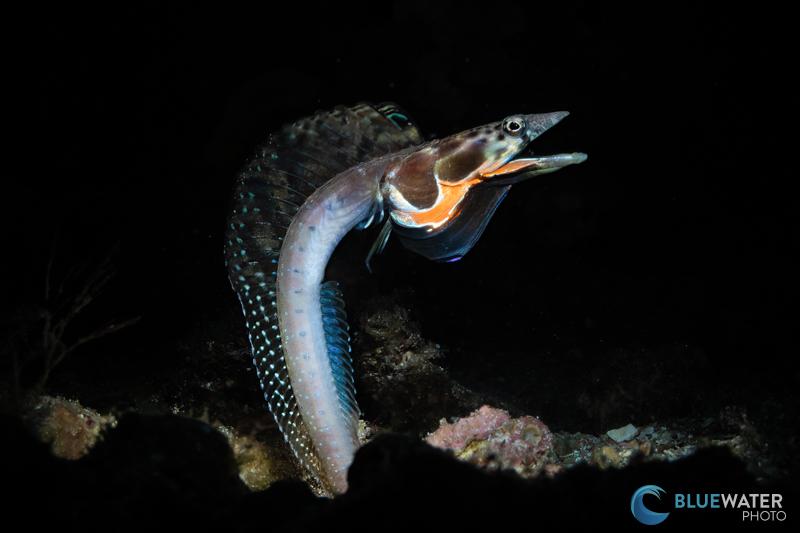
A male orange throat pike blenny photographed with the Sea & Sea YS-D3 Duo and a snoot. With snoot photography, it can be a good idea to use manual mode.
A Key Safety Feature
There is one important safety feature built into the Duo that is associated with the improved optical sensor on the strobe. Due to an increased sensitivity, if the strobe is turned on outside without a fiber optic cable attached it can fire rapidly. In this case the strobe will flash yellow and stop firing. We recommend plugging in a fiber optic cable or sync cord before turning the strobe on. To reset the strobe, simply turn it off and then on.
Strobe Beam Quality
The YS-D3 Duo's beam quality is the same great beam found in the original Sea & Sea YS-D3. It is designed with an aspherical troidal lens in the flash tube for nice, even lighting. We find the beam to be a little cooler (5800k) than previous models of Sea & Sea strobe. A cooler beam tends to help colors pop while looking natural in greener, colder water, like we often see in the west coast of the US. The beam is also a bit softer than the quality of light that was originally produced with the Sea & Sea YS-D2Js.
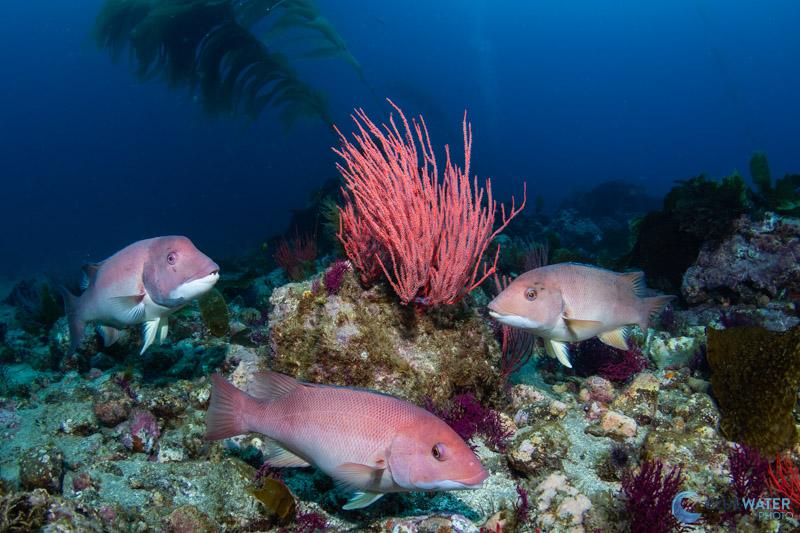
Beautiful colors captured with the 5500K beam and 110 degree diffusers in Southern California.
Lightning Quick Recycle Times
Perhaps the highlight of the YS-D3 Duos is the incredible recycle times at lower power. At half power the recycle time is 0.6 seconds and at a quarter power or below there is virtually no recycle time. This means you can shoot as fast as you want in deep or dark dive conditions with little ambient light. Coldwater divers in particular will be able to take advantage of these "lighting quick" recycle times. In the image below we shot a series of photos at 5.5 fps with the D3 at half power. Notice how there is little variation in the exposures in each of the photos (which are all unedited).
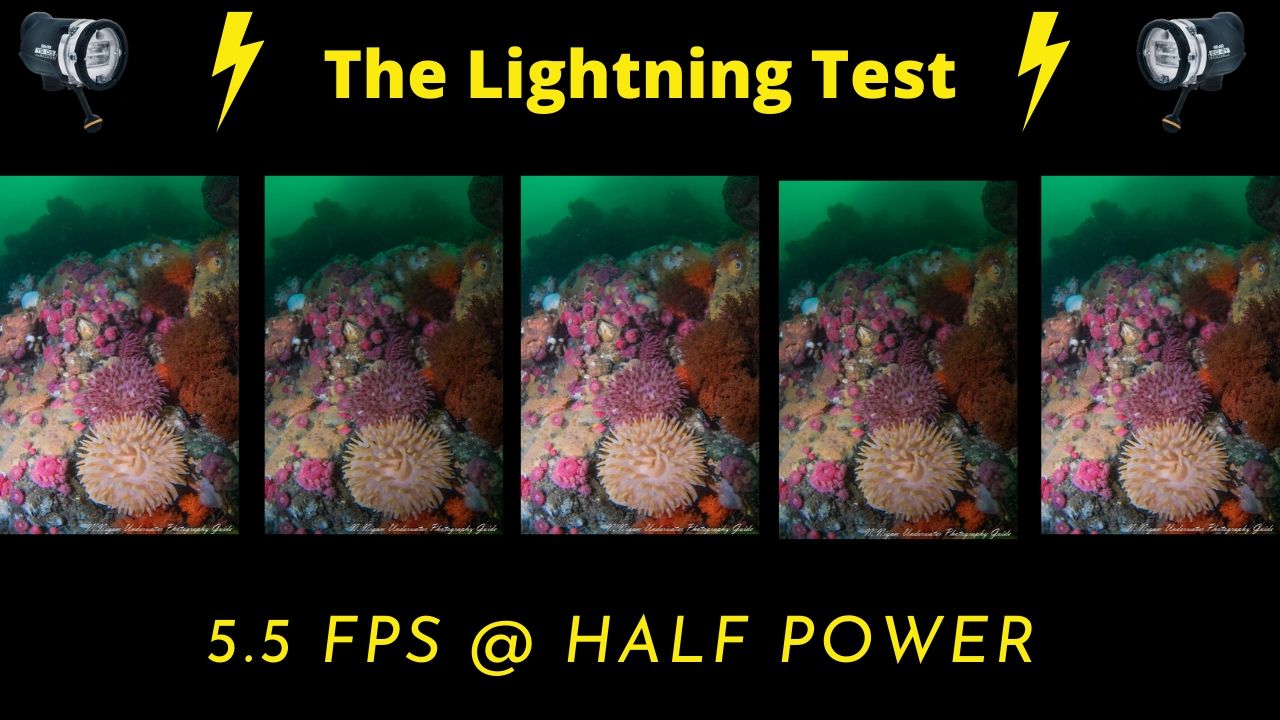
Build & Ergonomics
Underwater the YS-D3 duo is almost completely neutrally buoyant at -20 grams. This makes it the perfect compact strobe for travelers. In fact, there are no lighter strobes on the market that can output the same guide number. We found that it was easy to navigate tight, busy kelp forest environments without worrying about the strobe dropping down due to weight underwater. This was even without using stix floats.
The back panel, dial, and controls have been redesigned with the YS-D3 duo. The dials are large and easy to use, even with thick gloves in cold water. Dial clicks for direct feedback allow divers to quickly change settings without looking at the strobe. There are only two main control dials when using the YS-D3 duo - the most dial and the EV/manual power control. All you have to do to adjust your strobe exposure is rotate the right dial clockwise to increase power and counter clockwise to lower it.
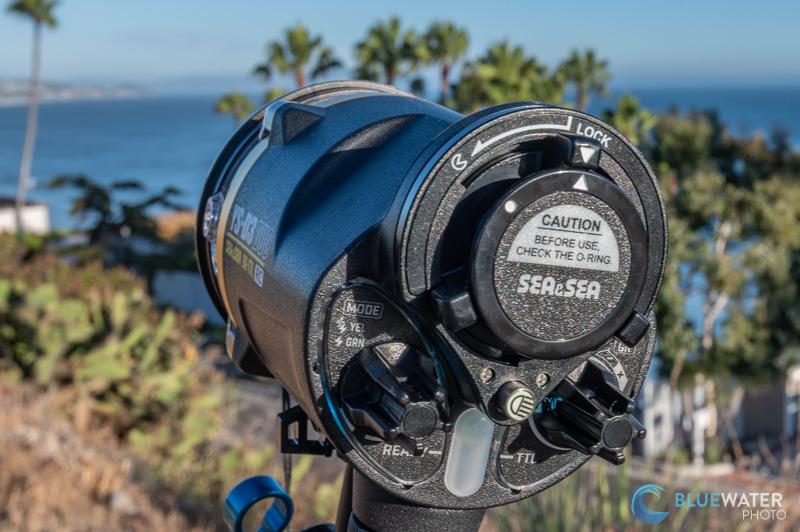
The YS-D3 duo accepts four AA batteries which makes it easy if you are in a remote area and happen to forget your batteries. The strobes are designed to be used with eneloop pro batteries, so these are the batteries we recommend.
There has been one notable ergonomic improvement when comparing the YS-D3 duo to the YS-D3 - the audio ready confirmation is much louder with the YS-D3 Duo. When the strobe is ready to fire after a flash, it will beep, letting you know the capacitors are fully charged and ready to fire again.
A Bright Targeting Light
The targeting light on the YS-D3 duo is up to 300 lumens - 4 times the brightness of the YS-D2J. This makes it easy to use as a focus light when shooting macro. However, we generally did not use the target light often as it's better to get a dedicated focus light so that you don't need to point your strobes directly at your subject.
Is It Worth Upgrading to the Sea & Sea YS-D3 Duo?
Before now, the strobe market had been fairly stagnant with very few new devices available. But 2023 is the year of the strobe. We've seen some incredible announcements from Scubalamp, Inon, Weefine, Ikelite, Kraken, and Marelux. So where does the Sea & Sea YS-D3 Duo fit in? As an extremely compact, neutrally buoyant strobe, the YS-D3 Duo is the ideal strobe for travelers that need a professional strobe with a high GN33 output for wide angle photography. It's great in almost any underwater shooting situation.
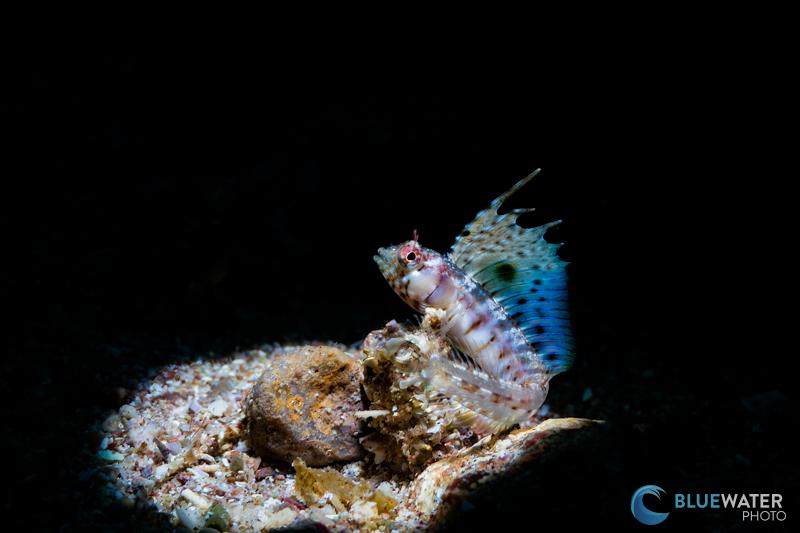
A tiny signal blenny photographed with a single Sea & Sea YS-D3 Duo strobe and snoot. 1/200, f/13, ISO 160
If you currently use popular macro oriented beginner strobes like the Sea & Sea YS-01, Sea & Sea YS-03, Weefine WFS 07, or the Inon S220 - the Sea & Sea YS-D3 Duo is a natural upgrade. It offers much more power for wide angle photography than these strobes while maintaining a compact size.
The YS-D3 Duo is also worth the upgrade from older pro-level Sea & Sea models like the YS-D2J, YS-D1, YS-250, and YS-110a. While strobes like the YS-D2J output at the same power level as the YS-D3 Duo, the Duo has a more even beam and much faster recycle times at lower power.
But the real question is do you need to upgrade to the YS-D3 Duo from the YS-D3 Mark II or original YS-D3 Lighting? We don't think it's necessary unless you are an Olympus shooter, particularly an Olympus/OM System TG-6 or TG-7 shoot. The RC mode in the D3 Duo produces much better exposures with automatic Olympus and OM System cameras. While the optical sensor is more sensitive and can result in better TTL and compatibility with Nauticam flash triggers, if your existing YS-D3 works for you, the YS-D3 Duo should perform the same.
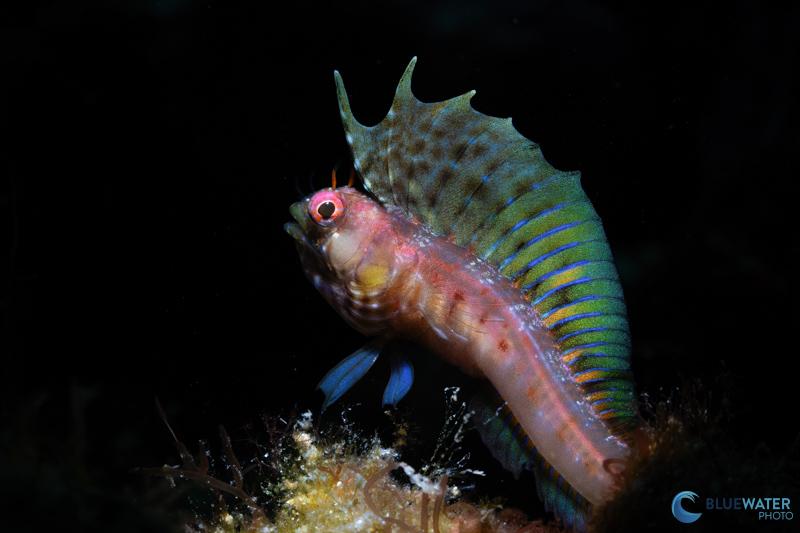
A signal blenny close up photographed with the Sea & Sea YS-D3 Duo. 1/160, f/18, ISO 160
Top Sea & Sea YS-D3 Duo Accessories
There is a wide range of accessories designed for the Sea & Sea YS-D3 that can take your photography to the next level!
The Sea & Sea YS-D3 Snoot
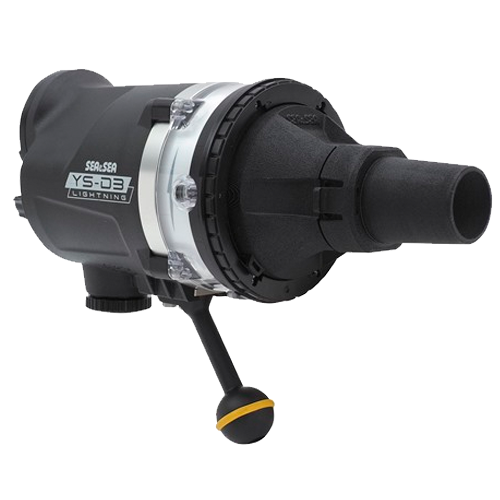
The Sea & Sea YS-D3 snoot is specifically designed for the D3 and is likely the most affordable snoot device on the market! It has a built in diffuser and prism that allows you to use the targeting light on the strobe to aim the snoot. We find the light to be nice and soft while still providing the contrast needed to capture nice black backgrounds.
Sea & Sea YS-D3 Dome Diffusers

The Sea & Sea YS-D3 dome diffusers increase the beam angle of your strobe to 150 degrees. This is a great diffuser to use with ultrawide fisheye lenses - especially if you are only shooting with one strobe. Although increasing the beam angle can increase the amount of backscatter in your photo, the softer light also reduces the size of the backscatter.
Sea & Sea YS-D3 Slave Prism

The Sea & Sea YS-D3 slave prism is the perfect tool for those who like to use remote lighting in their photographs. The prism detects light coming from your master strobe which triggers the slave strobe as long as the slave is within about 1-2 meters.
Sea & Sea YS-D3 Diagonal Ball Mount
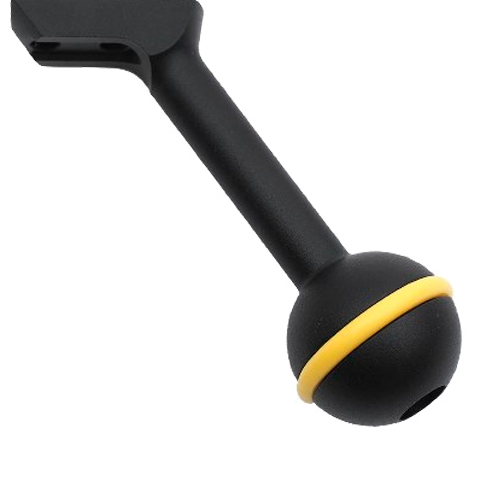
The diagonal strobe mount allows users to shoot with their strobes angles slightly farther back. This can help reduce backscatter and soften light.
Conclusions
The Sea & Sea YS-D3 is a compact professional strobe with a high power out put and a lightning quick recycle time. With a new RC mode and a more sensitive optical sensor, it is capable of producing more accurate exposures with popular Olympus and OM System cameras like the TG-6 and TG-7. While it is otherwise fairly similar to the Sea & Sea YS-D3 Mark II, the YS-D3 Duo is worth the upgrade if you are currently using a lower powered macro-oriented starter strobe. Overall we were quite happy with the color reproduction, softness of the beam, and speed of the recycle time on our dives in the Sea of Cortez and California. The strobes were able to keep up with some of the quickest critters in the sea - Sea Lions.
One thing is for sure - whether you are a seasoned professional or a new underwater photographer, the YS-D3 Duo strobes are a future-proof purchase with light quality worthy of the best underwater photographers.
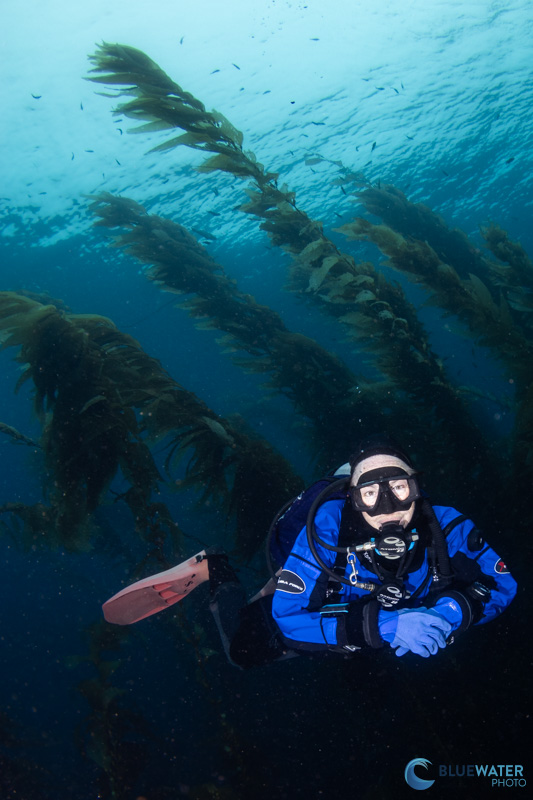
A diver photographed with dual Sea & Sea YS-D3 Duo strobes and the Canon EOS R100

